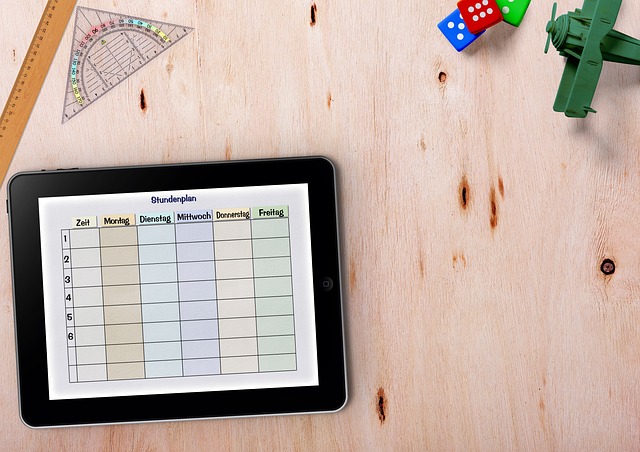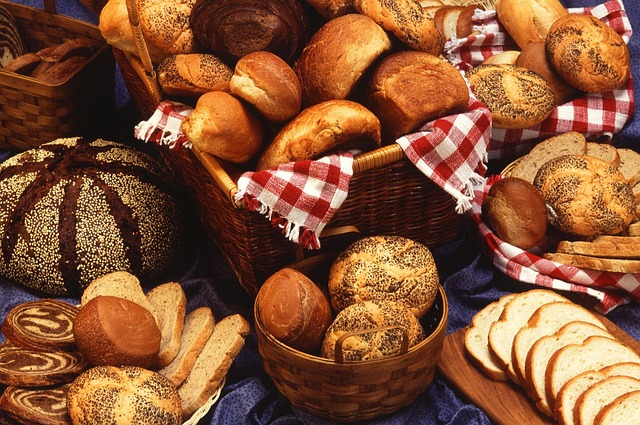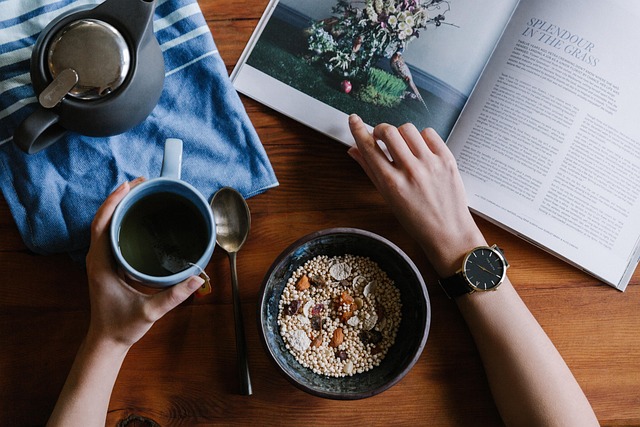In this article:
- Habits are behaviors that you perform routinely. They may happen at consistent times of day, in specific situations or settings, and in the same way each time.
- Turning healthy behaviors into habits can make it easier to lose weight and manage health by requiring less effort to make healthy decisions.
- Behaviors to focus on may be related to eating, physical activity, stress management, and sleep.
- Choose 1-2 behaviors to change and work on turning them into habits one at a time. Take small steps, try habit stacking by attaching new behaviors to established habits, and replace old habits with new ones.
- It can take 60 or more tries to establish habits.
- Lark can help you manage weight with or without GLP-1s as you log food, get tips for eating healthier, and make small changes that can turn into healthy habits.
If you want to achieve lasting weight loss and improve your long-term health, it may be time to establish habits. Habits are routine behaviors that may happen at consistent times of day, in specific situations or settings, and in the same way each time. Here’s why they can help you achieve health and weight loss goals, and how you can set yourself up for success when creating healthy habits.
Benefits of Creating Healthy Habits
Healthy behaviors take less effort to perform when they’re habits. When something is routine, you do it without thinking much about it. It’s easier. It doesn’t take much willpower, energy, or discipline.
Here are some benefits of putting less energy into performing healthy behaviors.
- It’s more likely to last since you don’t have to think about it
- You can do a greater quantity of healthy behaviors and get better results
- You have more capacity to perform complex tasks and make decisions in other areas of your life, like finances, work-related tasks, and relationships
Turning behaviors into habits leaves you with more time and energy.
Best Habits for Weight Loss
Habits that support sustained weight loss can be related to diet, physical activity, and other healthy behaviors. Here are some examples.
Diet
These may relate to portion control, mindful eating, and food choice. Here are some examples of specific behaviors that can help you lose weight.
- Assessing hunger before each meal and snack
- Drinking water mid-morning and mid-afternoon
- Filling your plate half-full with vegetables before adding other items
- Pack a healthy lunch and snacks before you leave home for the day
- Check menus before going out to eat
- Make a list before going grocery shopping
Physical Activity
Being physically active and less sedentary can support health and weight loss goals.
- Add a warm-up to your workouts
- Do a few minutes of light physical activity to break up every 30 minutes of sitting
- Take a weekly group fitness class that leads you through resistance training exercises
- Include high-intensity intervals (if you’re cleared to do so) to your workout 2-3 times weekly
More Behaviors
Getting more sleep, managing stress better, and self-monitoring can all support health and weight loss. Here are some specific behaviors to consider focusing on.
- Weigh yourself weekly or more frequently
- Follow a consistent bedtime routine
- Meditate or stretch daily
- Log meals and workouts in Lark
- Play a game or read a book instead of eating when you’re bored
Getting Ready to Change Behaviors
When you’re ready to change your behaviors, you can start thinking about specific choices to support your goals. These might include adding new behaviors and changing old ones. Identify behaviors to work on, and then plan how you’ll turn those changes into new routines or habits.
Choose 1-2 Behaviors
To begin, choose just 1-2 specific behaviors that you want to add or change. Keeping it down to just 1-2 behaviors to perform makes it easier to focus on them and increases your chances of success in turning them into habits.
Also, it’s best to make sure the changes are small. That way, they’re more manageable.
Here are some examples.
Once you’re well on the way to turning your new health choices into habits, you can add more behaviors to target.
Planning for Behavior Change
After you’ve selected behaviors that you want to turn into lasting habits, it’s time to plan for how this will happen.
Here are some factors to consider.
- When will you perform the behavior? For example, taking the stairs instead of the elevator may happen when you leave and arrive home, or when you’re at work.
- What do you need to perform the behavior? For example, if the goal is to include a serving of fruit at breakfast, you’ll need to have fruit, preferably fresh or unsweetened frozen, on hand.
- What knowledge do you need to perform the behavior? For example, if you’re using an air fryer instead of a deep fryer, you may need to find new recipes or learn new techniques.
- What else needs to happen for you to perform the behavior? For example, if your goal is to walk for 15 minutes before coming home from work, your significant other may need to know that you’ll be home a little later.
Once you’ve planned how and when to perform your new behavior, it’s time to implement it.
How to Turn Your New Behavior into a Healthy Habit
You can set yourself up for success by adding reminders and taking advantage of established habits in your day.
Cues or Reminders to Use
It’s easier to keep performing your desired behavior when you have reminders. Reminders can be sticky notes that you put in appropriate places, like on the freezer door if your goal is to have a frozen banana instead of ice cream for a snack. You can also set alarms or notifications on your phone, like an alarm at 7:00 p.m. reminding you to cut fruit and vegetables for tomorrow’s breakfast, lunch, and snacks.
Habit stacking takes advantage of old habits to establish new ones. The goal is to get used to performing the new behavior based on performing the old one. For example, you might weigh yourself after brushing your teeth in the morning, do 10 squats before washing the dishes after dinner, or text your friends to schedule walks when you look at your calendar for the coming week.
A Double Win By Replacing Old Habits with New Ones
Do you have any habits that you know aren’t helping with weight loss or health? If you do, you have a chance to score a double win! All you have to do is to replace your old, undesired, habit with a new, desired, one.
Here are some examples.
- Replace ground beef with ground turkey
- Replace whole milk or cream with skim milk
- Replace frozen breaded fish filets with frozen filets of salmon
- Replace fruit juice with a piece of fruit
- Replace flavored oatmeal packets with regular oats with fruit and cinnamon
- Meet friends for a small group training session and coffee instead of brunch
You’ll be establishing a new healthy habit at the same time as you break an old unhealthy habit.
Keep Trying
Habits are established once they’re automatic. That means you don’t have to think about performing them anymore.
It can take about 60 days to establish a new health behavior as a habit. Habits related to physical activity tend to take longer. During the weeks or months that it can take for your new behaviors to be automatic, there may be times when you go back to old patterns like forgetting to check the label for sugar content or ordering crispy instead of grilled chicken.
These are setbacks, not failures. Assess why you went back to the old behavior. Maybe you forgot, or maybe you lost motivation. See if there’s anything you can change or learn from your setback, and then try again.
How Lark Can Help
Turning behavior changes into habits can make it easier to lose weight and improve health, and it’s easier to establish healthy patterns when you have the support you need. Your Lark coach is available 24/7 for nutrition and physical activity coaching and tracking. Lark can help you make healthy choices and establish habits that fit into your lifestyle so you can lose weight and keep it off with or without GLP-1 medications.
Click here to see if you may be eligible to join Lark today!











.webp)


%20(1).jpeg)





